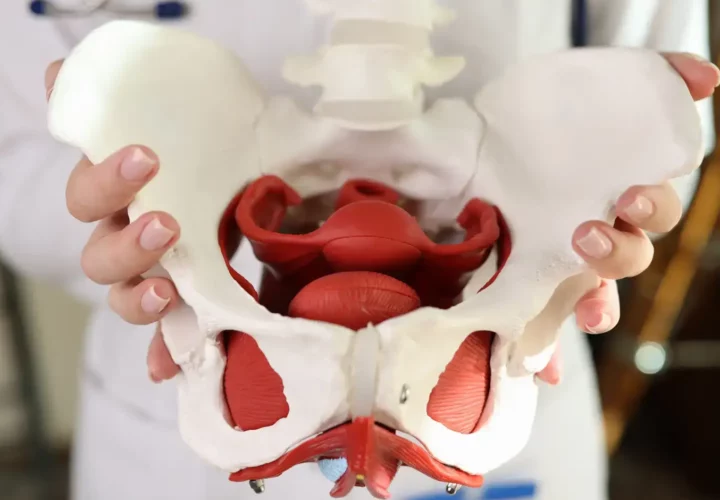We’ve talked before about the difference between a complete and incomplete muscle tear. A complete muscle tear is when the two ends are literally no longer connected. Incomplete muscle tears can further be defined into more specific categories to help give a prognosis of speed of recovery and staging of different interventions. But, as a completely torn muscle absolutely cannot perform its specific action in the body, this is generally where we expect a surgeon to operate.
But, like with everything in medicine, this still “depends.” Certain muscles in the body a surgeon will actually look at and say “oh that’s okay, you can recover without surgery!” And this can be very confusing when you’ve been told something like “you’ve torn the long head of your biceps.” Don’t I need that though, Doc?!?!
Interestingly, not always! In many areas of the body, particularly in often used areas like the hand, foot, knee, shoulder, elbow, and neck, more than one muscle can be used to perform the exact same action! The biceps performs three separate functions for example: shoulder flexion, elbow flexion, and forearm supination. In not a single one of these actions does it operate alone, however! In some cases of bicep tears, depending on a variety of factors, a  surgeon may consider this a “redundant” muscle and not repair it.
surgeon may consider this a “redundant” muscle and not repair it.
We would expect this may actually cause a lot of pain though, right?! Well, again, this actually depends, and the answer actually tends to be “probably not.” A large portion of how our body receives pain related messages from a muscle is based on the amount of perceived tension that muscle is going through. Two disconnected halves of a muscle actually are not under any tension at all, and therefore for many people, once the initial swelling from the rupture has gone down they actually experience no pain! Depending on the specific muscle lost and region of the body they may need some therapy to help regain full range of motion and strength by recruiting the other contributing muscles to the actions affected, but once that is set, they often function and move normally and without pain!
But even if we CAN move normally and pain free without that muscle, shouldn’t we fix it anyway? That very much seems to depend on the surgeon you ask, but there are some valid reasons they may not see a surgery as necessary in many cases. Despite medical advances, all surgery does carry risk because of the medications and anesthesia used. The inability to every truly eliminate risk of infection from any time we open the body, and prognosis of healing and timelines that vary from person to person based on a variety of genetic and lifestyle factors can very much make a surgery a far more risky option for a patient. If a surgeon balances these factors against a muscle with significant redundant backups, they may very well perceive that the risks of an operation significantly outweighs the benefits, and recommend against any sort of surgery. Contrary to how this feels, a patient in that situation is not being blown off, but being given a very well thought out care option.
Crazy, right?!



